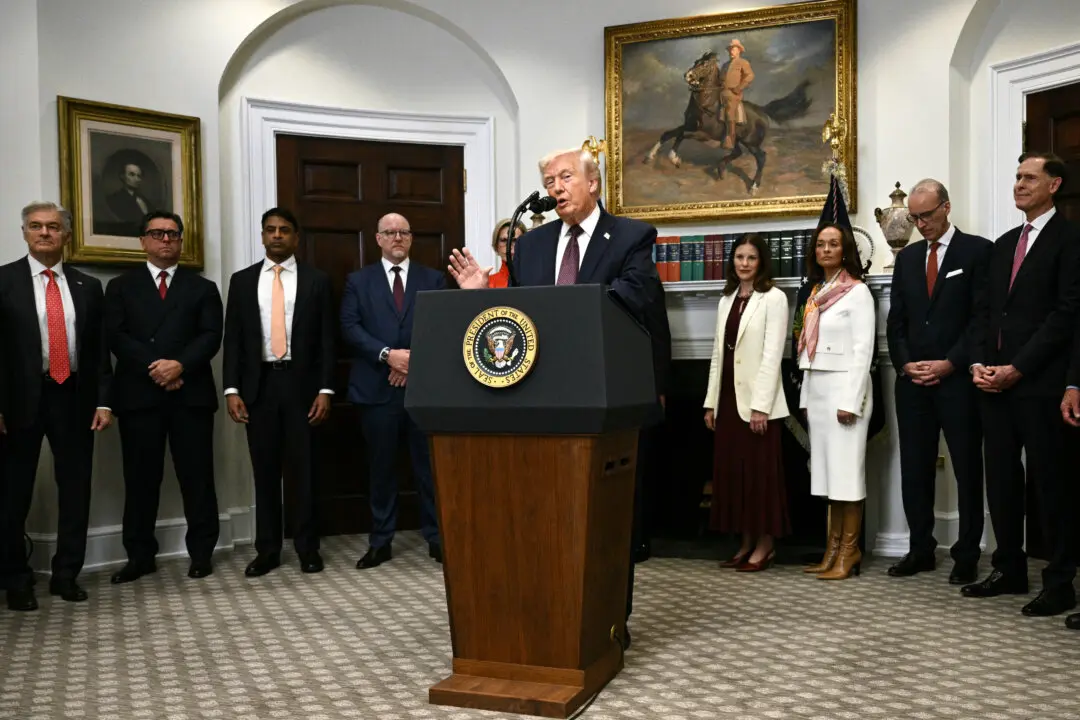With the state facing a significant budget deficit that analysts believe will extend into the coming fiscal years, California lawmakers and Gov. Gavin Newsom enacted a spending plan that includes cuts, deferrals, and delays that hit hundreds of programs and every government agency but calls for no layoffs.
More than half of the state’s reserves—including from school and safety net nest eggs—will be tapped over the next two fiscal years. That amounts to borrowing from future revenues, Joe Stephenshaw—director of the state’s Department of Finance—said during a July 10 webinar hosted by the California Endowment.





